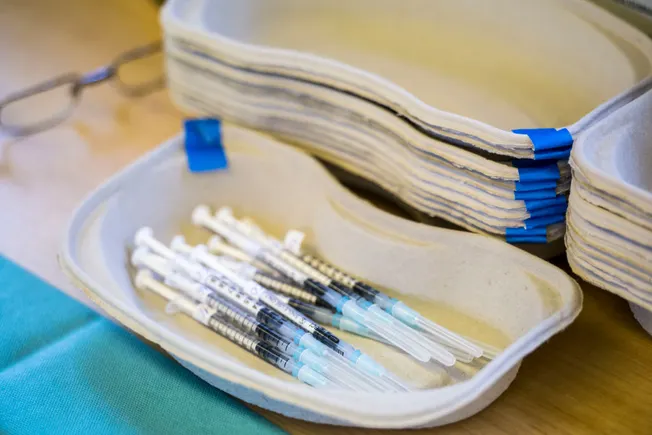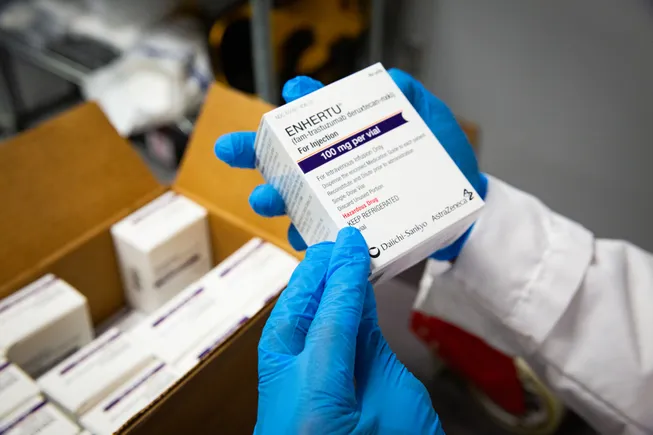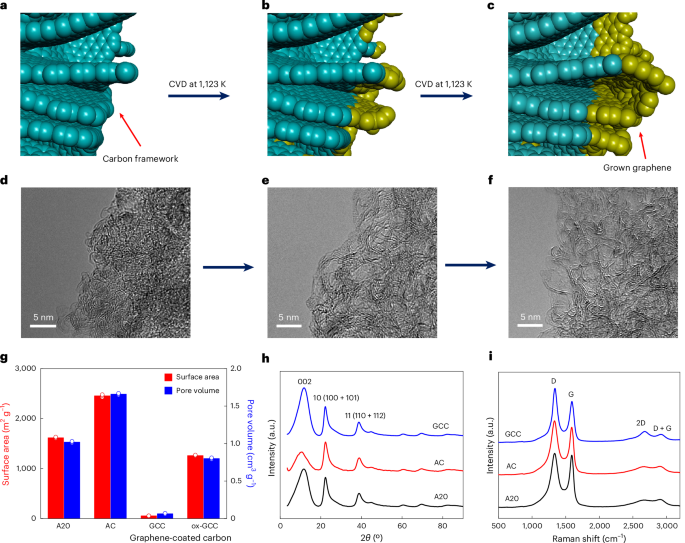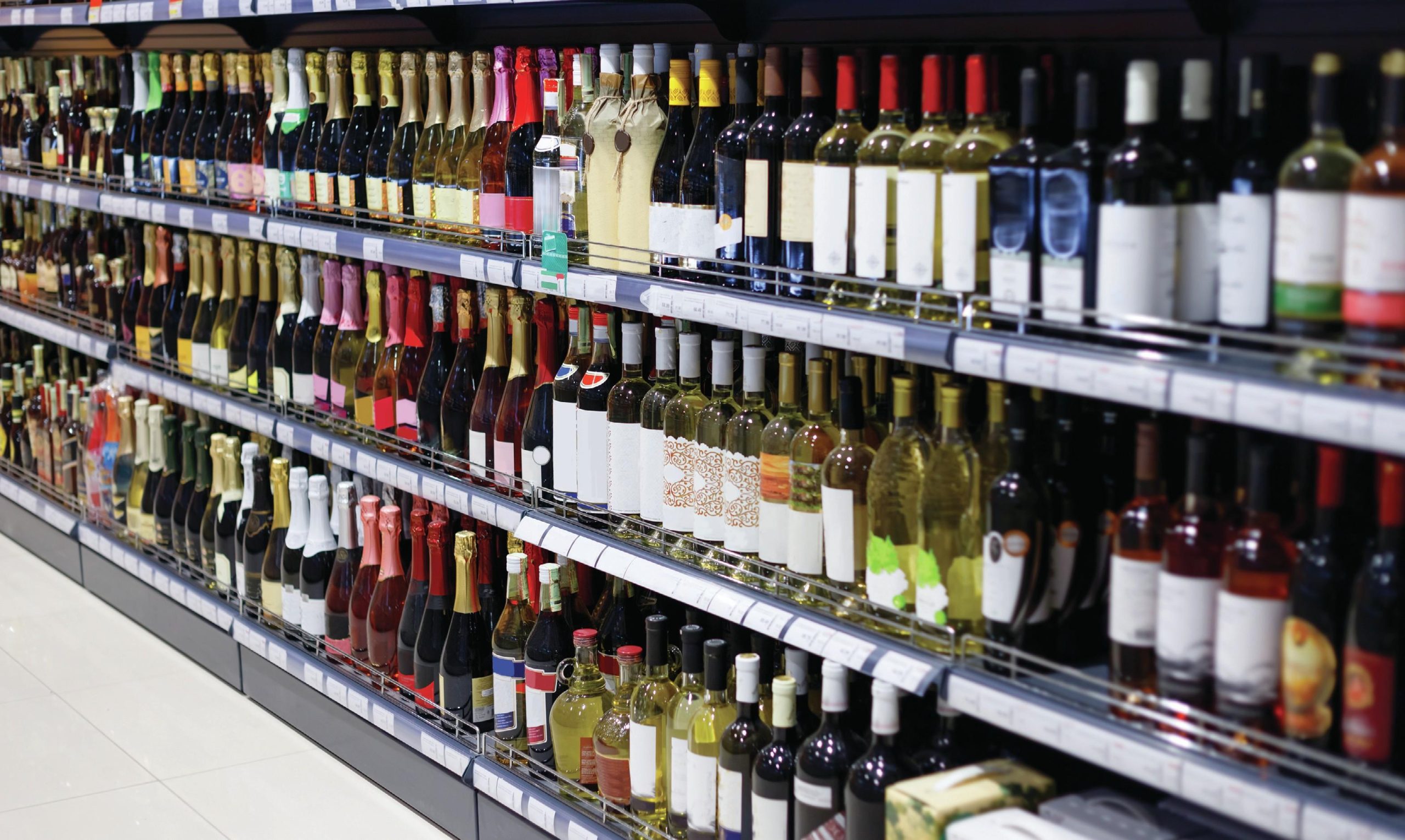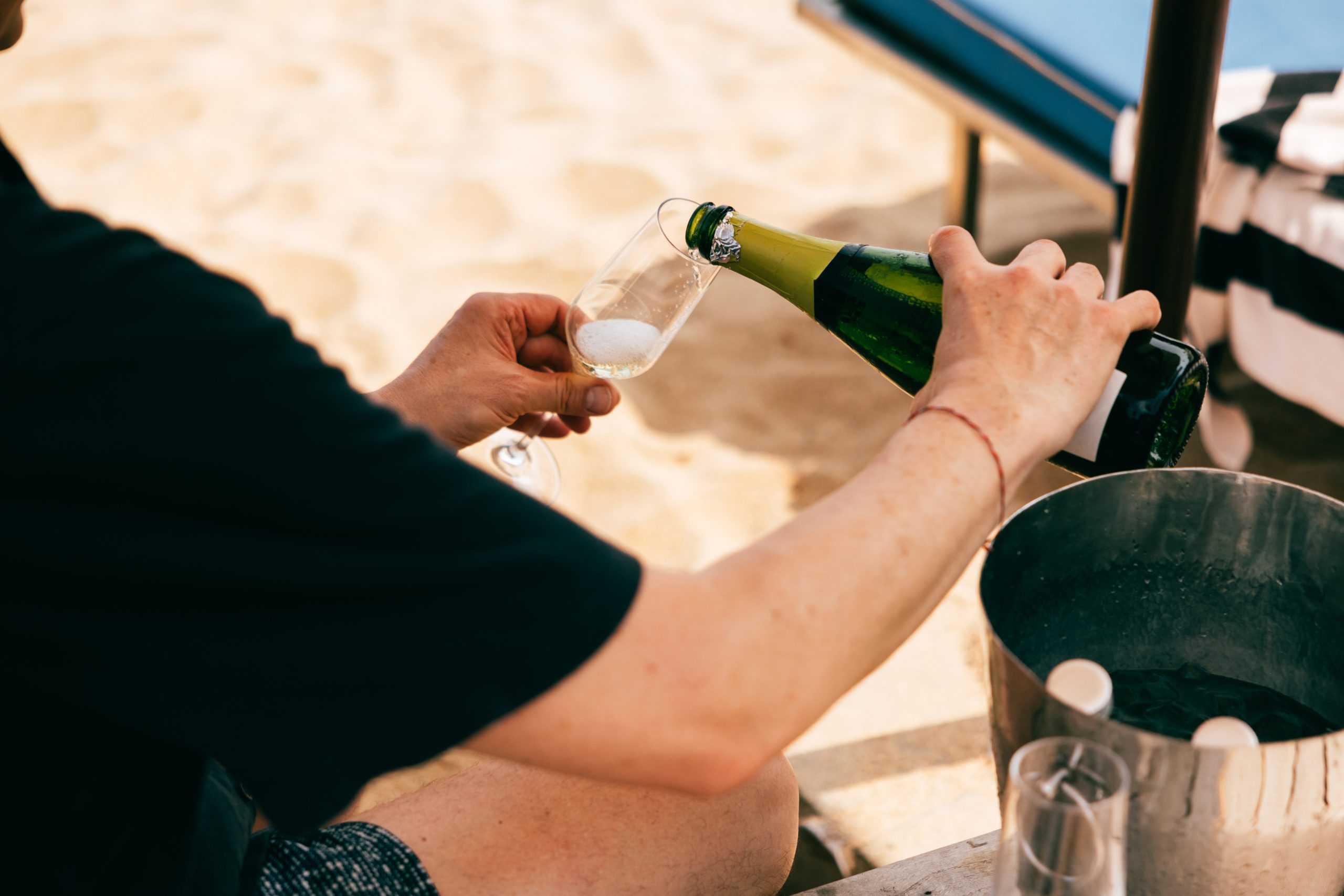Why the world’s ‘oldest field blend’ delivers harmonious wine
Dating from 1858, a mixed planting of vines in the Barossa claims to be the source of the world’s oldest field blend, as well as a wine that’s both harmonious and sustainable, whatever the conditions. The post Why the world’s ‘oldest field blend’ delivers harmonious wine appeared first on The Drinks Business.
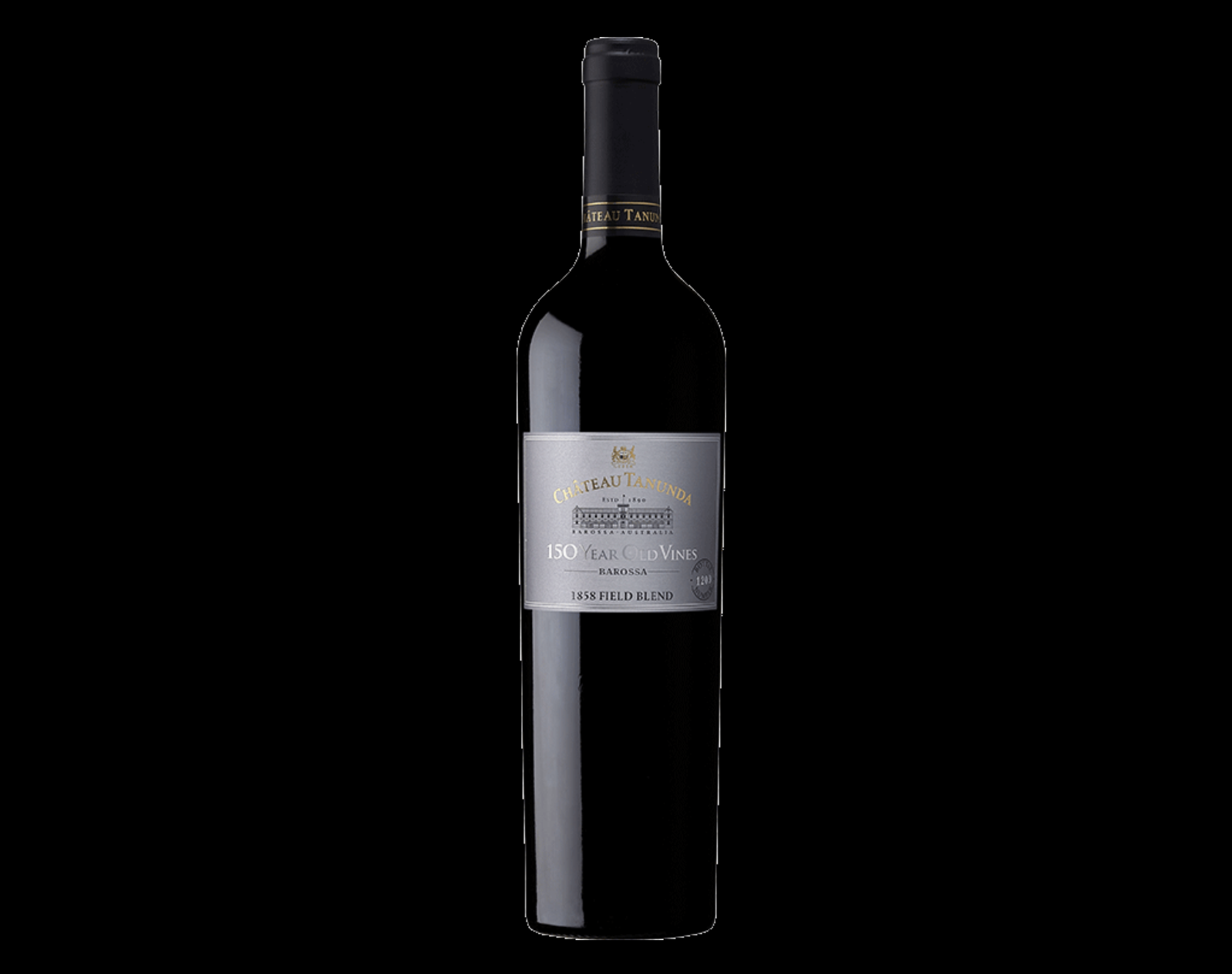
Dating from 1858, a mixed planting of vines in the Barossa claims to be the source of the world’s oldest field blend, as well as a wine that’s both harmonious and sustainable, whatever the conditions.
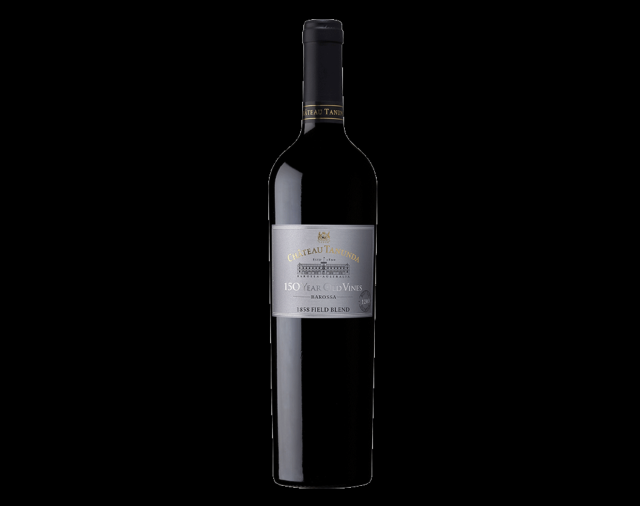 Called ‘The 150 Year Old Vines 1858 Field Blend', the wine is made by Château Tanunda, and comprises 86% Grenache complemented by Mourvedre and Malbec.
All the vines are of course ungrafted – such a vineyard pre-dates the practice of grafting vines onto American rootstocks to resist phylloxera, which is a disease that is not present in the Barossa, explaining the vineyard’s survival.
Speaking to db about the wine at ProWein, where it was on pour at the show in March, the owner of Château Tanunda, John Gerber, said that he believed that the reason for the wine’s particular character related to the fact that the vines were ungrafted.
“I think wines are more harmonious when they come from vines on their own roots,” he said.
Indeed, the wine produced from the 1858 planting is “not a blockbuster” said Gerber, but “a medium-weight Aussie wine with depth, elegance and complexity,” he added.
He also noted that there were opportunities to make more great wines from old ungrafted vines in the Barossa, telling db that there were as many as 142 hectares of vineyards over 100 years old in the region.
However, he said that he was sure that his field blend vineyard was the oldest of its type in the Barossa – as well as the world – stressing that “we have the documents” to prove its planting date of 1858.
One aspect that is key to the benefit of an ungrafted vine, known as planting franc de pied, is drought-resistance, according to Geber.
“If you plant on rootstocks, the roots spread out sideways like an umbrella, and that means that a grafted vine, if there is a lot of rain, will absorb it, but if there is a drought, then you enter sunburn territory,” he said.
However, in a drought-struck vintage like 2025, he said that the wines from the ungrafted vines are “magnificent”, because the plants root vertically, and noted that while they may produce low levels of fruit, it is consistent in quality, and quantity. “The average yields of our old vines are always 1-2 tonnes per hectare,” he recorded.
He also said that the level of treatments on his old vines was much lower, with half the number of passes for spraying fungicides needed compared to younger plantations.
As for the reason why these very old, low-yielding vineyards have survived so much change in the Barossa – including a vine pull scheme in the 1980s – Gerber said it was because such plots produced consistently great results.
“The vineyards are old because they are good, not good because they are old,” he said. He added, “People have protected these vineyards with their lives.”
Looking to the future, he expressed his delight at the increased appreciation for very old ungrafted vineyards, helped by an association such as Franc de Pied, which includes a label to draw attention to wines made from ungrafted vines.
Finally, he said he hoped that such relic vineyards would achieve UNESCO World Heritage status, something that is being campaigned for by the Francs de Pied association.
Called ‘The 150 Year Old Vines 1858 Field Blend', the wine is made by Château Tanunda, and comprises 86% Grenache complemented by Mourvedre and Malbec.
All the vines are of course ungrafted – such a vineyard pre-dates the practice of grafting vines onto American rootstocks to resist phylloxera, which is a disease that is not present in the Barossa, explaining the vineyard’s survival.
Speaking to db about the wine at ProWein, where it was on pour at the show in March, the owner of Château Tanunda, John Gerber, said that he believed that the reason for the wine’s particular character related to the fact that the vines were ungrafted.
“I think wines are more harmonious when they come from vines on their own roots,” he said.
Indeed, the wine produced from the 1858 planting is “not a blockbuster” said Gerber, but “a medium-weight Aussie wine with depth, elegance and complexity,” he added.
He also noted that there were opportunities to make more great wines from old ungrafted vines in the Barossa, telling db that there were as many as 142 hectares of vineyards over 100 years old in the region.
However, he said that he was sure that his field blend vineyard was the oldest of its type in the Barossa – as well as the world – stressing that “we have the documents” to prove its planting date of 1858.
One aspect that is key to the benefit of an ungrafted vine, known as planting franc de pied, is drought-resistance, according to Geber.
“If you plant on rootstocks, the roots spread out sideways like an umbrella, and that means that a grafted vine, if there is a lot of rain, will absorb it, but if there is a drought, then you enter sunburn territory,” he said.
However, in a drought-struck vintage like 2025, he said that the wines from the ungrafted vines are “magnificent”, because the plants root vertically, and noted that while they may produce low levels of fruit, it is consistent in quality, and quantity. “The average yields of our old vines are always 1-2 tonnes per hectare,” he recorded.
He also said that the level of treatments on his old vines was much lower, with half the number of passes for spraying fungicides needed compared to younger plantations.
As for the reason why these very old, low-yielding vineyards have survived so much change in the Barossa – including a vine pull scheme in the 1980s – Gerber said it was because such plots produced consistently great results.
“The vineyards are old because they are good, not good because they are old,” he said. He added, “People have protected these vineyards with their lives.”
Looking to the future, he expressed his delight at the increased appreciation for very old ungrafted vineyards, helped by an association such as Franc de Pied, which includes a label to draw attention to wines made from ungrafted vines.
Finally, he said he hoped that such relic vineyards would achieve UNESCO World Heritage status, something that is being campaigned for by the Francs de Pied association.






































































